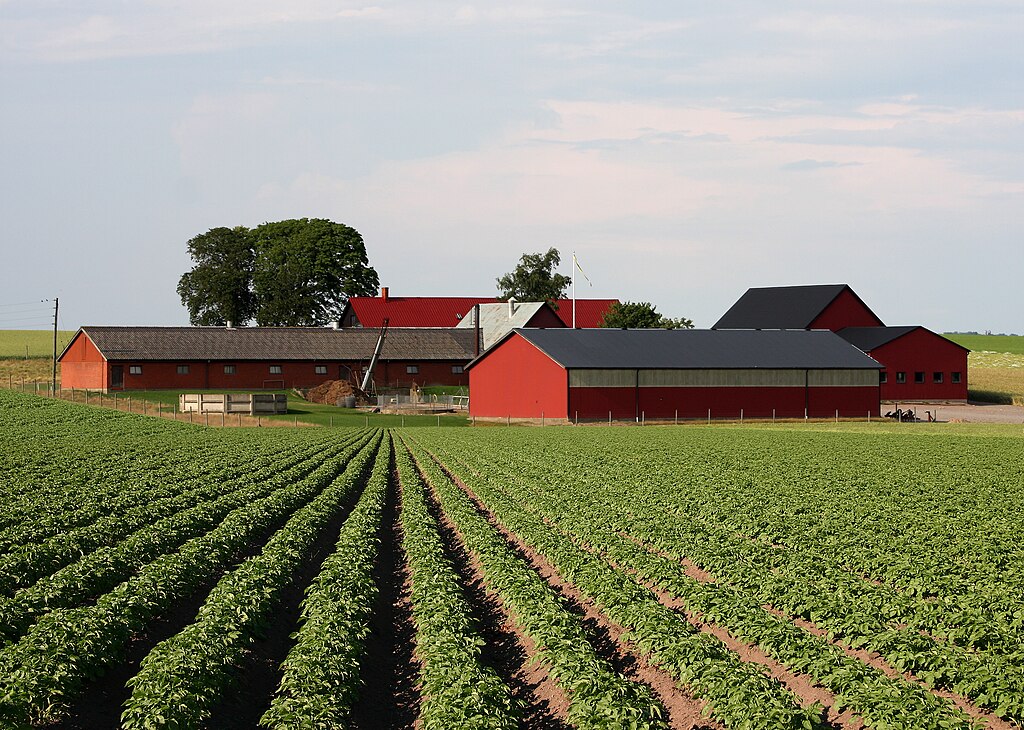From 2020-2023 Sweden captured 4.4% of all VC investments in AgriFood below the 100mn € mark. This is a total of over 450mn €. Most of which is concentrated in the capital Stockholm, despite the strong presence of food unicorn Oatly in Malmö. A particular focus in Sweden seems to be the Restaurant Tech & Delivery sector, which has a share of 36%, behind Food Production & Processing with 52%.
As mentioned in the previous paragraph, a lot of activity in the agrifood scene is centered around Stockholm where Sweden Foodtech has been instrumental in providing insights around the opportunities for new players in a food world that is about to transform (both for the nation of Sweden and the city of Stockholm). But there are other hubs around the country, such as the Arctic Food Arena (mentioned later), Krinova, the food tech innovation hub in the traditional bread-basket in the South of Sweden and plenty of activities on the Swedish West Coast around the blue economy.
The early successes of the Swedish tech sector have led to a common understanding of the value of well-functioning ecosystems driven by culture rather than just institutions. To some extent this culture, defined by flat hierarchies, a strong work ethic and trust, emanates from the harsh history of the Nordics, where the only way to make it always was to make it together. The flat hierarchies make for quick decision-making and strong trust greases operations. “Together” is the rallying call and if you help you can expect help in return. Growth is not a zero-sum game but about growing the pie together.
One of the first things a small market needs to do is to integrate itself with other, larger markets, which has led to many contacts being established around the world, which also has fueled the local ecosystem with external input, for instance through conferences or gatherings. This modus operandi extends to virtually all sectors, including agrifood. However, the ecosystem needs a sense of purpose to grow strong and position itself vis-à-vis other ecosystems to attract talent, investments etc.
The above-mentioned culture paired with an international focus has been instrumental in creating a series of international events and get-togethers that has furthermore enhanced the local ecosystems by letting it intermingle with the international crowd. In the middle of the 1990s the Swedish internet agency and media group Spray created the “Scandinavian International Media Event” (SIME) to attract global internet leaders to a yearly summit in Stockholm. It was a smashing success and led to plenty of international connections. The message of SIME was that Sweden had an international role to play and that it could become a global center for the development of the new technology. The creation of an international summit soon became a part of the playbook of every nascent sector. It is hard to attract top level people to come for a meeting, but to come and speak at a conference and hang out with the locals is a far more efficient way of getting your message out and enhancing your rolodex at the same time.

